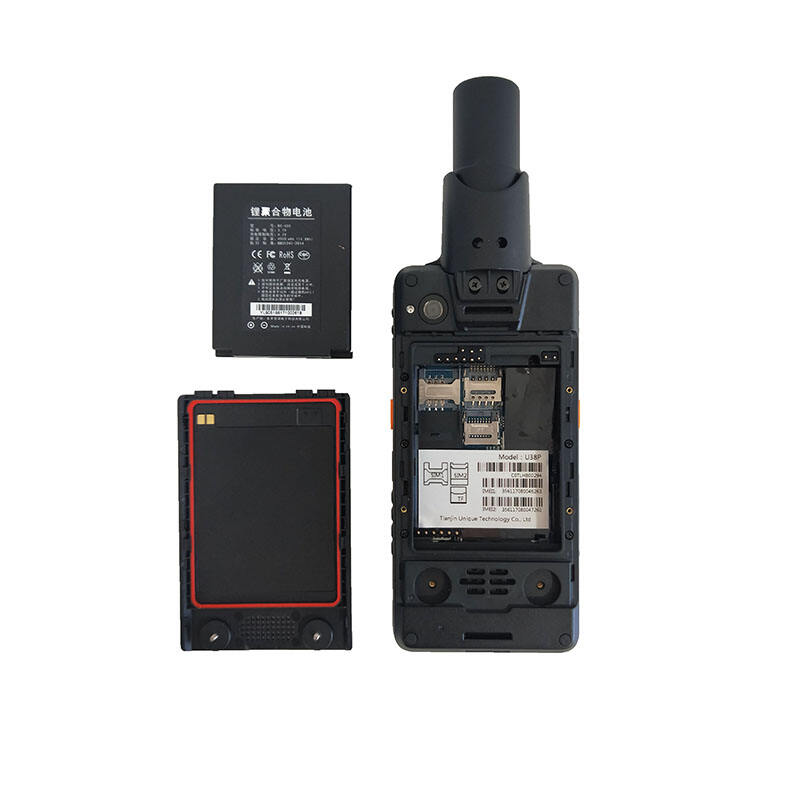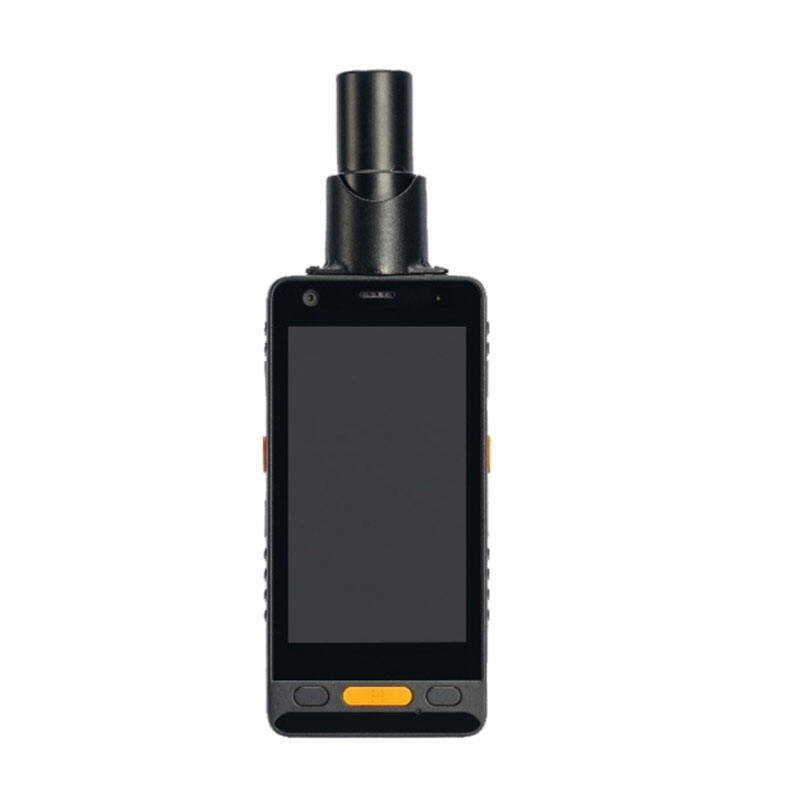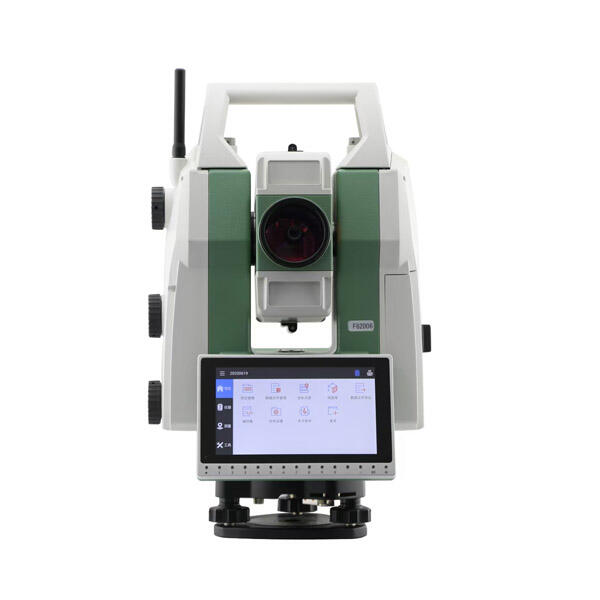handheld gps
A handheld GPS device is a portable navigation tool that provides precise location information and navigation capabilities through satellite technology. These compact devices receive signals from multiple satellites to determine exact coordinates, elevation, and movement speed. Modern handheld GPS units feature full-color displays, intuitive interfaces, and comprehensive mapping capabilities, allowing users to navigate through both urban environments and remote wilderness areas. They typically include preloaded topographic maps, waypoint marking functionality, and route planning features. Advanced models incorporate additional sensors like barometric altimeters and electronic compasses, enhancing their accuracy and functionality. Many units offer both internal storage for maps and expandable memory options, allowing users to store detailed maps for extensive regions. The devices are built to withstand challenging outdoor conditions, featuring water-resistant or waterproof construction and durable casings. Battery life varies by model, but most offer 15-25 hours of continuous use, with some featuring rechargeable batteries or the ability to use standard AA batteries for convenience in the field.


